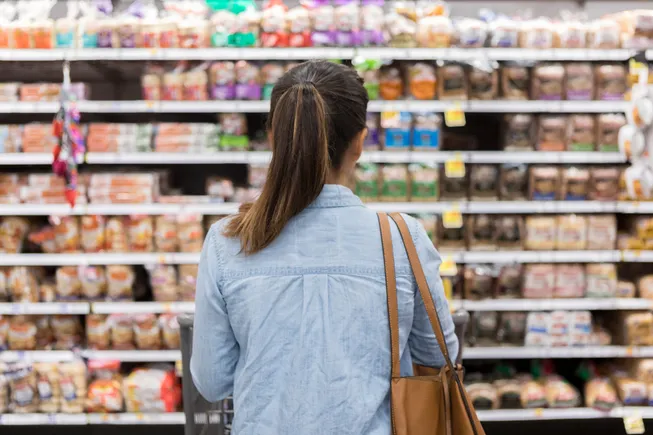
"However, a sticking point remains with in-store that separates it from traditional mass-reach levers and may dampen some of those TV-sized ambitions: It is difficult to buy, manage and measure like a media channel, creating barriers to investment and activation."
"These gaps result in confusion around who owns the in-store conversation and, ultimately, a lack of support for brands."
""Do I want to get in front of the shopper in store? Yes. Is there an infrastructure to support that properly yet? No," said Benoit Vatere, chief media officer of canned water brand Liquid Death, on a panel at the Interactive Advertising Bureau's Connected Commerce Summit last week."
"Vatere cited Amazon as one of the few retail media networks excelling at in-store, as the e-commerce giant can leverage tech offerings like its demand-side platform to better track the path to purchase at Whole Foods."
In-store retail media is promoted by retailers and valued by brands for reaching shoppers already browsing aisles, enhanced by digital screens and other technology innovations. The channel remains difficult to buy, manage and measure like a media channel, which creates barriers to investment and activation. These operational gaps cause confusion over ownership of the in-store conversation and reduce brand support. EMarketer projects in-store ad spending to surpass $1 billion by 2029, representing a small portion of the overall retail media market. Amazon's Whole Foods capabilities, using a demand-side platform, serve as an example of stronger tracking and attribution.
Read at Marketing Dive
Unable to calculate read time
Collection
[
|
...
]